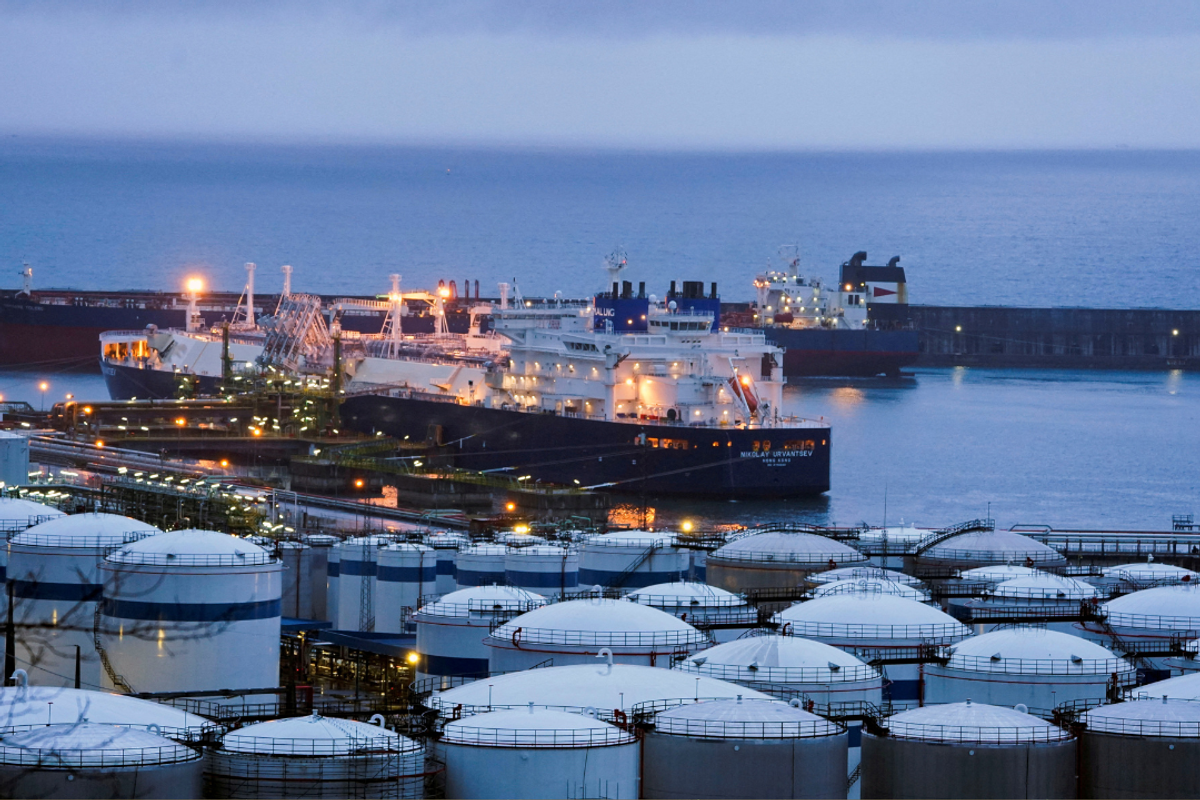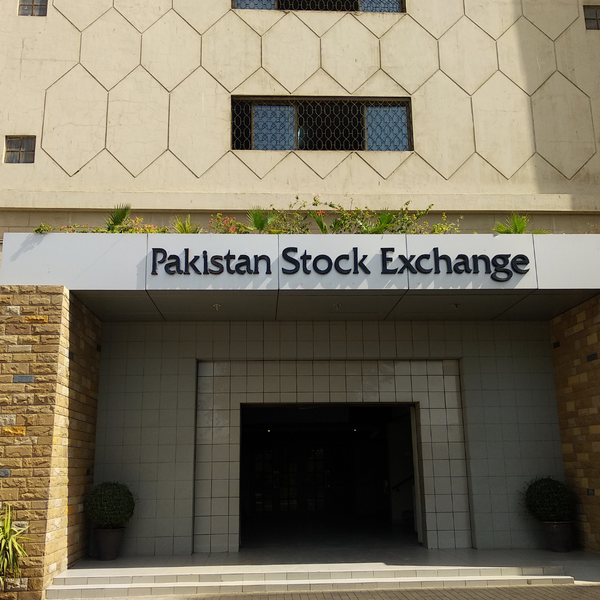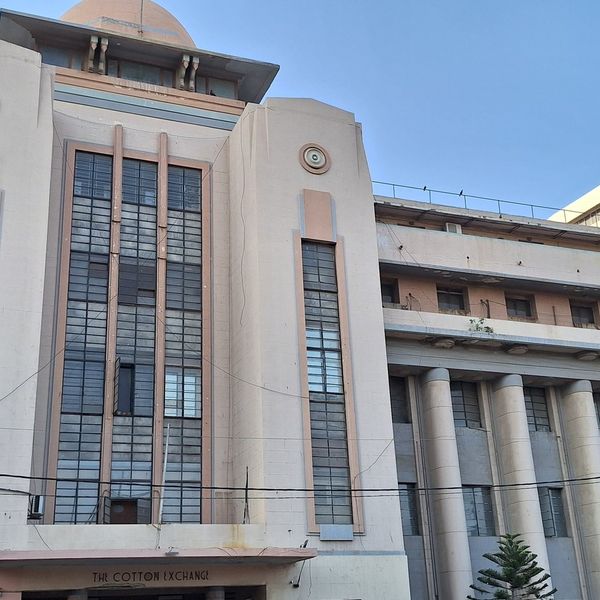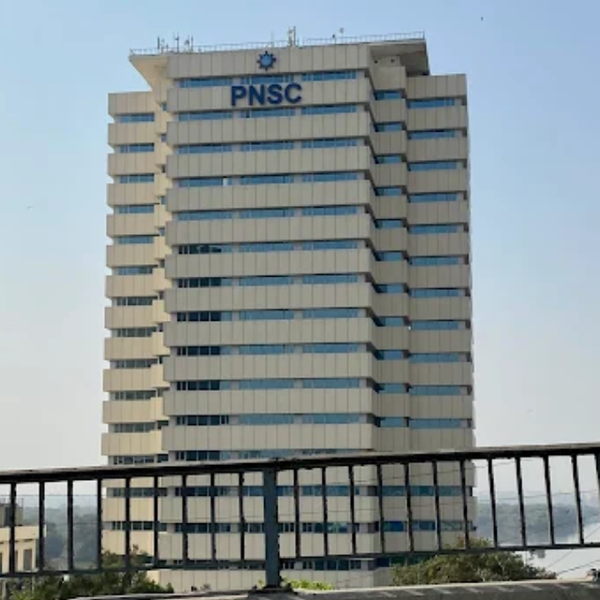Explainer: The impact of Pakistan's decision to lift ban on new gas connections
The government started approving a limited number of connections in 2021 before halting them once again

Haris Zamir
Business Editor
Experience of almost 33 years where started the journey of financial journalism from Business Recorder in 1992. From 2006 onwards attached with Television Media worked at Sun Tv, Dawn Tv, Geo Tv and Dunya Tv. During the period also worked as a stringer for Bloomberg for seven years and Dow Jones for five years. Also wrote articles for several highly acclaimed periodicals like the Newsline, Pakistan Gulf Economist and Money Matters (The News publications)

Reuters
Around 3.5 million applications for new gas connections have been pending with the two gas distribution companies in Pakistan—Sui Northern Gas and Sui Southern Gas—according to official estimates. Now, they finally have some relief after the government announced it was removing a ban on new gas connections.
Why was the ban imposed?
The government first halted the issuance of new gas connections in 2009. However, it started approving a limited number of connections in 2021 before halting them once again.
The reason it did so was because the gas pricing mechanism, which relied heavily on subsidies to provide cheap gas to residential consumers, created a huge burden on government finances. The subsidy was also heavily criticized by the International Monetary Fund (IMF), which Pakistan approaches every few years for bailouts.
As a result of this subsidy, the circular debt—a cash shortfall across the gas sector—ballooned to PKR 2,600 billion ($9 billion) or 2.5% of the country's gross domestic product (GDP) over a decade. This was accrued because while the government was buying the gas at higher prices, it was subsidizing it and selling it to residential, industrial, and commercial consumers at lower rates.
Why is it being lifted?
Pakistan now faces a unique situation: it has a surplus of Liquified Natural Gas (LNG) and has had to turn away cargoes from Qatar.
This happened due to several reasons. The government stopped supplying domestic gas to captive power plants and refused to give in to their demand to subsidize imported LNG. It also increased the prices across all consumer categories.
Consequently, the demand for gas went down and the cargoes were turned away. But because Pakistan does have contracts with Qatar, the government came up with a solution: start issuing new gas connections and supplying consumers with Regasified Liquefied Natural Gas (RLNG).
What's the impact?
Minister for Petroleum Ali Pervaiz Malik told the media yesterday that the RLNG gas would be 40% cheaper than LPG, which is what consumers without gas connections currently use.
The new RLNG connections will be priced at approximately $12-13 per million British thermal units (mmBtu), or PKR 3,300-3,700/mmBtu, significantly higher than the current subsidized rates of PKR 200-1,250/mmBtu available to most households, according to Shankar Talreja, head of research at Karachi-based Topline Securities.
However, the RLNG rates will still be 35-40% cheaper than prevailing LPG prices, which translate to around PKR 6,000/mmBtu, according to Pakistan Bureau of Statistics data, he said.
The government will eventually move away from the blanket subsidy model as 70% of residential households fall in subsidized slabs, according to an IMF report and the cost of this subsidy is borne by the industry, Talreja observed.
"We believe these high-priced new gas connections will eventually converge to uniform gas pricing as the government has already committed to the IMF that it will adapt to a new targeted and budgeted gas subsidy framework, eliminating the current cross-subsidy system," he shared.
The lifting of the ban on new gas connections will bode well for exploration and production companies, according to the head of research.
"With an expected demand increase of around 250 mmcfd from the backlog of new connections, equivalent to 2.5 LNG cargoes, domestic production could rise accordingly, improving volumes and cash flows for both E&P and gas distribution companies," another analyst told Nukta.
Currently, Sui Northern Gas and Sui Southern Gas supply 768 mmcfd of gas to a combined 10.5 million domestic connections. Analysts estimate that accommodating the 3.5 million pending applications could require substantial new volumes and infrastructure support.
Future outlook
Malik said the Oil and Gas Regulatory Authority (OGRA) will set security deposit and tariff structures for RLNG connections, while the Ministry of Finance and Ministry of Planning continue working on broader reforms to the energy subsidy system.
He also hinted at further policy changes in 2026, including a potential reallocation or diversion of long-term LNG supply from Qatar, aimed at enhancing energy security and reducing costs.
"This is just the beginning of a comprehensive reform strategy to make Pakistan's energy system more efficient, equitable, and self-reliant," Malik said.







Comments
See what people are discussing